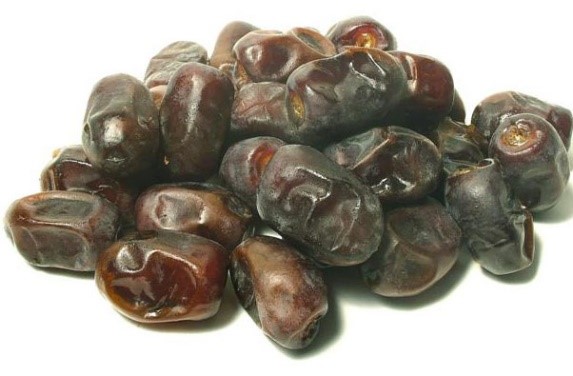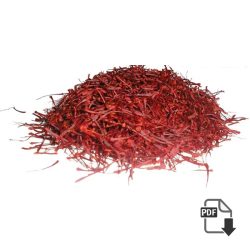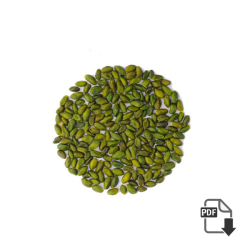Organic Sun-Dried Fruits
organic sun-dried fruit: This publication focuses on production and marketing of organic fruits and nuts, highlighting a systems approach to orchard production and farm management.
Please for more information or any inquiry click here ……
Not intended as a comprehensive production guide for individual fruit crops, this publication introduces key production issues that merit consideration in any specific crop or production region. As noted below, www.Irandriedfruit.com has other publications for specific fruit and nut crops. General information on cultural practices for fruit production (choosing varieties, spacing, pruning, training, irrigating, harvesting, post-harvest handling, etc.) is relevant to both organic and conventionally managed operations, and it is widely available from the Cooperative Extension Service, nurseries, and in horticulture literature.

Organic Fruit Production
Organic production is defined by USDA’s National Organic Program (NOP) as “A production system that is managed…to respond to site-specific conditions by integrating cultural, biological, and mechanical practices that foster cycling of resources, promote ecological balance, and conserve biodiversity.”
Organic fruit production involves more than simply excluding synthetic pesticides and fertilizers.
Benign neglect does not meet NOP standards for production.
Organic agriculture is an integrated approach to active and observant management of a farming system.
It begins with good soil management for nutrient cycling, productivity, and tilth. It involves an integrated, preventative approach to pest management to protect the health and productivity of the orchard.
Marketing and Economic Considerations
To plan for economically successful enterprises, farmers must design their fruit production systems to match their marketing strategies.
Good fruit production alone does not lead to a successful enterprise. Profitability depends on a combination of production volume, quality, size, and a reliable marketing strategy. Marketing channels range from direct markets to wholesale shippers. Growers must understand what each of their customers wants and be prepared to meet the expectations of the markets they intend to reach. For example, at farmers’ markets, customers seek good tasting fruit at or near the peak of ripeness for prompt consumption, but supermarket distributors demand that fruit be uniform and shippable.
It is important to market in an appropriate niche, one where the production of your operation can consistently meet the buyers’ expectations of volume, quality, and timing.
Premium pricing can be critical to the viability of organic fruit operations, because production costs are often higher than those for conventional orchards. Organic pest control, particularly labor costs for hand thinning and weed control, is generally more expensive than conventional practices.
Yield and quality can vary widely, depending on the growing season and management practices.
In the past it may have been true that organic yields and pack-out rates (the percent of marketable fruit) were lower than in conventional production. Today, however, those differences have narrowed, and yields in some organic production systems can match or exceed those of conventional systems. To achieve good yields, organic growers must be prepared to develop innovative production and marketing strategies. Many commercial organic fruit producers, especially family-scale farmers, minimize waste and losses of potential revenue by processing (drying, preserving, or juicing) fruit considered unsuitable for the fresh market.
https://www.irandriedfruit.com/organic-dried-fruits/

Fruit Crop and Variety Selection
Because fruit trees are perennial and represent a considerable investment of both time and money, it is important to start by planting your orchard with the optimum varieties for your location and intended markets. Research on the front end can pay the grower back many times over. Information on species and varieties is available from Cooperative Extension, nurseries, and other local growers. Many land grant universities have field stations where they have planted many varieties of fruit trees and gathered data and observations over several years. A visit to such a site can provide you with the invaluable opportunity to see the trees growing, talk with the manager of the experiment station about production challenges such as pests and diseases, and even taste the fruit.
Please for more information or any inquiry click here ……
some links :



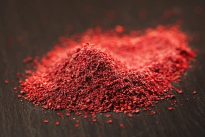

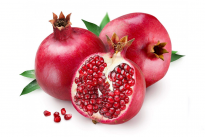
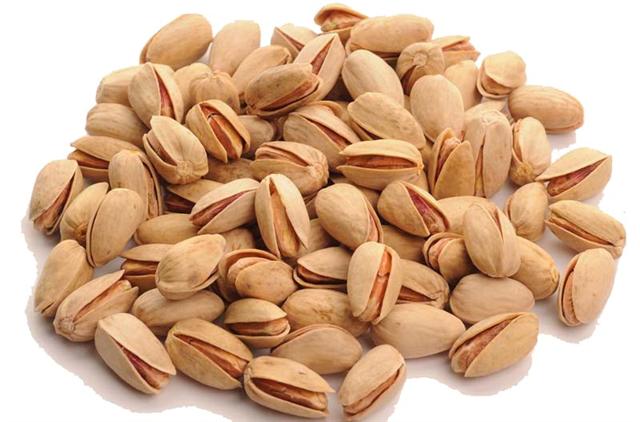
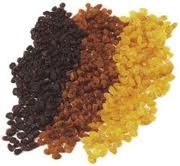 3 kind raisin
3 kind raisin 